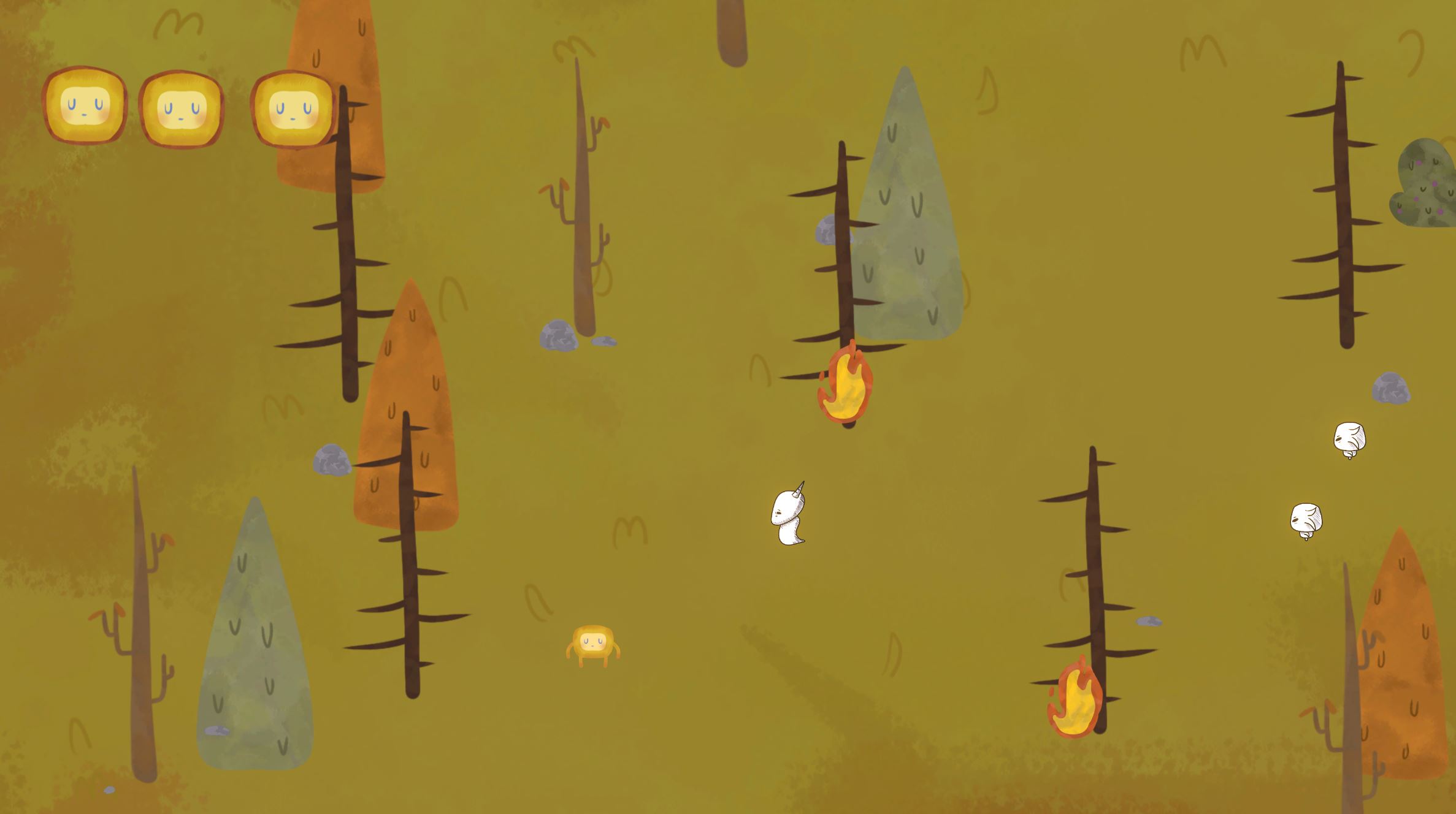Forest Fire (Nicole Polidore) Mac OS
Paul news - including crime, politics, education, business, sports, entertainment and things to do - from the Pioneer Press. Funny pictures, backgrounds for your dekstop, diagrams and illustrated instructions - answers to your questions in the form of images. Search by image and photo.
Home > CLAS > BIO > TGLE > Vol. 47 > Numbers 3 & 4 - Fall/Winter 2014 (2014)
Article Title
Authors
Forest Fire (nicole Polidore) Mac Os Catalina
Document Type
Peer-Review Article
Abstract
Relatively few studies in temperate environments have compared pitfall traps and Winkler litter samples, two of the most commonly used ant (Formicidae) sampling protocols. Most of the comparative work has been performed in tropical and subtropical environments. Temperate studies have primarily taken place in forested environments. Our study focuses on the relative efficiency of these two methods in temperate oak savannas, the major ecotone connecting grasslands and deciduous forest in the Midwest. These environments are often maintained by fire and mechanical brush removal, which tends to decrease the amount of available leaf litter. We sampled 21 sites, varying in age since restoration from un-restored to 22 years of restoration activities in McHenry Co. Illinois. Each site was sampled with 30 pitfall traps and five Winkler litter samples. A total of 38 species in 17 genera in 5 subfamilies were captured and identified. Pitfall traps accounted for 37 of the species, while Winkler litter samples only captured 23 species, and only one species specific to that method. We conclude that in northern temperate savannas, pitfall traps were more effective and more efficient at characterizing the epigeic ant community than Winkler litter samples.
Forest Fire (nicole Polidore) Mac Os X
Recommended Citation
Menke, Sean B. and Vachter, Nicole 2014. 'A Comparison of the Effectiveness of Pitfall Traps and Winkler Litter Samples for Characterization of Terrestrial Ant (Formicidae) Communities in Temperate Savannas,' The Great Lakes Entomologist, vol 47 (2)
Available at: https://scholar.valpo.edu/tgle/vol47/iss2/4
Included in
To view the content in your browser, please download Adobe Reader or, alternately,
you may Download the file to your hard drive.
NOTE: The latest versions of Adobe Reader do not support viewing PDF files within Firefox on Mac OS and if you are using a modern (Intel) Mac, there is no official plugin for viewing PDF files within the browser window.
- < Previous
- Next >
Graduate Research Posters

Title
Authors
Document Type
Poster
Publication Date
2021
Abstract
Title: Soil Macroinvertebrate Responses to Wildfires in the Blue Ridge Mountains, USA Authors: 1Madeline N. Olliff, 1Bruce A. Snyder, 2Melanie K. Taylor, and 2Mac A. Callaham
1Georgia College and State University, Milledgeville, Georgia, USA; 2USDA Forest Service, Southern Research Station, Athens, Georgia, USA
Abstract: Wildfires are of increasing concern in light of climate change, more frequent late summer droughts, and increasing incidence of human ignitions. There have been few studies examining the effects of wildland fires on soil macroinvertebrates in the Blue Ridge Mountains, in spite of the importance of these animals to soil processes, and their contributions to the biodiversity of these ecosystems. During November and December of 2016, the southeastern USA experienced numerous, large wildfires. These fires offered an opportunity to study the effects of wildland fire on soil macroinvertebrates. We sampled plots from three different wildfires in North Georgia and Tennessee, each plot with five burned plots and five unburned plots. These sites were sampled seasonally from 2017 through 2020. At each plot, on each date, we collected macroinvertebrates by hand sorting both litter (4 m diameter plots) and mineral soil monoliths (30 x 30 x 30 cm) for 30 person-minutes each. All macroinvertebrates were identified to morphospecies. One focal taxon, millipedes, were identified to species. Abundance, species richness, and several diversity metrics (abundance and richness) were calculated to compare the macroinvertebrate communities of the burned areas to those in the unburned areas to better understand their response to fire.
Recommended Citation
Olliff, Madeline Nicole; Snyder, Bruce; Callaham, Mac Jr.; and Taylor, Melanie K., 'Soil Macroinvertebrate Responses to Wildfires in the Blue Ridge Mountains, USA' (2021). Graduate Research Posters. 8.
https://kb.gcsu.edu/grposters/8
Included in
Biology Commons, Ecology and Evolutionary Biology Commons, Entomology Commons
COinSTo view the content in your browser, please download Adobe Reader or, alternately,
you may Download the file to your hard drive.
NOTE: The latest versions of Adobe Reader do not support viewing PDF files within Firefox on Mac OS and if you are using a modern (Intel) Mac, there is no official plugin for viewing PDF files within the browser window.